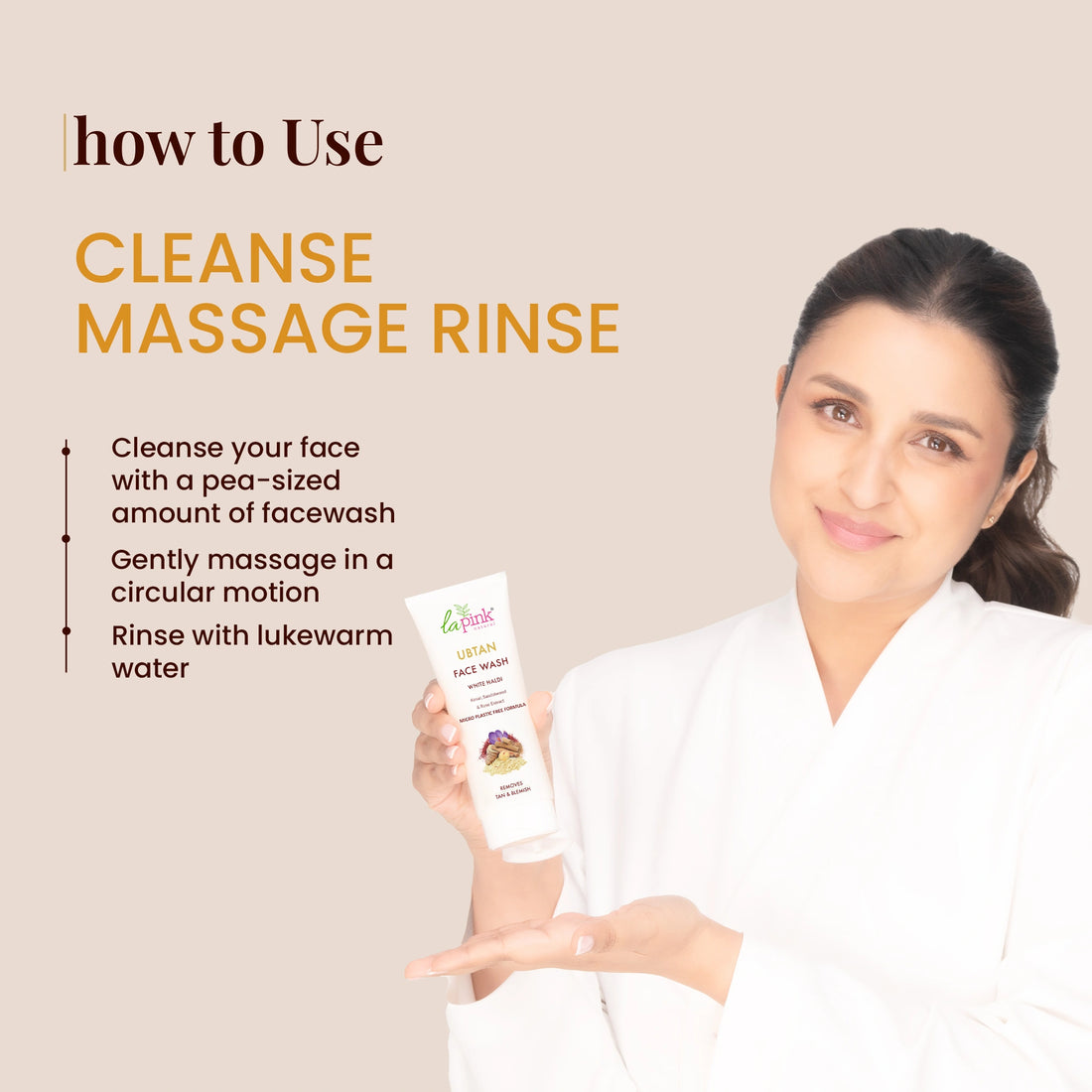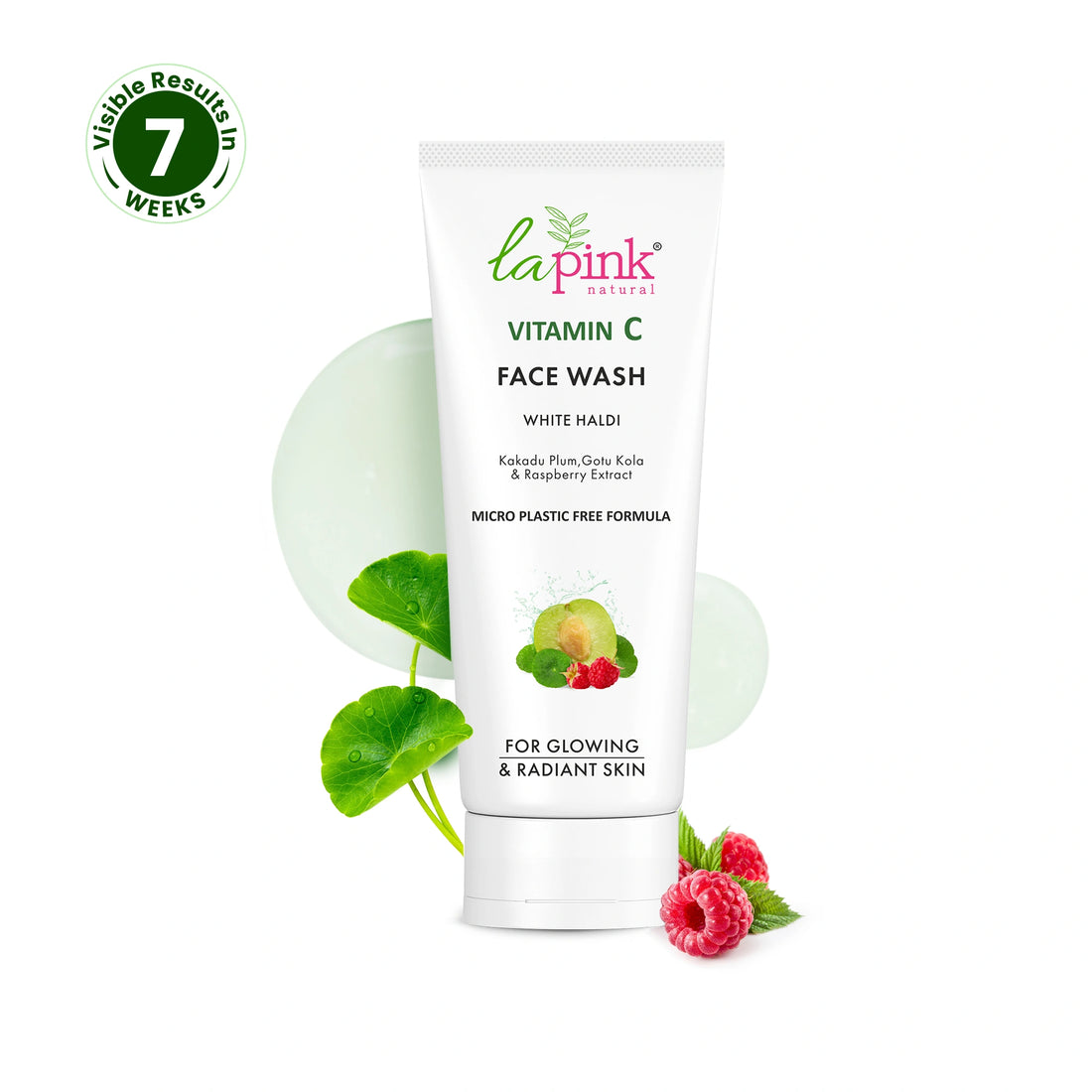How Does Ethylhexyl Palmitate Structure Help Skincare?
1. Branched Alkyl Chain Minimizes Greasiness
Its highly branched 2-ethylhexyl group does not allow for tight packing on the skin, leading to a light, non-oily feel that leaves the skin smooth and dry-touch, in contrast to the heavy oils or unbranched fatty acid esters.
2. Ester Bond Increases Skin Compatibility
The ester bond between 2-ethylhexanol and palmitic acid makes the molecule structurally close to the natural lipids in the skin. This increases its biocompatibility, which enables it to condition and moisturize the skin without irritating the skin or disturbing the integrity of the skin barrier.
3. Fatty Acid Segment Relaxes Softness
The 16-carbon palmitic acid long tail plays a role in deep skin softening and conditioning. Its lipidic character helps maintain the barrier function of the skin by sealing micro-gaps, creating smoother and less flaky skin, particularly on drier types of skin.
4. Lipophilic Character Facilitates Active Delivery
Its lipidic structure makes it dissolve and transport oil-soluble actives such as retinol or vitamin E into the skin better. This increases the effectiveness of actives by enhancing their penetration and distribution throughout the stratum corneum.
5. Molecular Flexibility Enhances Spreadability
Because of its semi-flexible, branched nature, Ethylhexyl Palmitate lowers formulation surface tension. This results in improved spreadability so that skincare products can smoothly flow over the skin without pulling, improving user experience and application.
How is Ethylhexyl Palmitate Applied to Skincare?
1. Moisturizers and Creams
Use: 3–10%
Enhances spreadability and softness without weight. Applied today's lotions as well as dense night creams for a smooth finish.
2. Facial Oils and Serums
Use: 5–20%
Serves as a carrier for oil-soluble actives. Increases absorption and decreases greasy feel in beneficial serums.
3. Cleansing Oils and Balms
Usage: 10–30%
Breaks down makeup and excess sebum effectively. Provides smooth glide and rinses cleanly.
4. Sunscreens
Usage: 2–8%
Aids in dispersion of UV filters and enhances texture. Decreases greasiness of mineral sunscreens.
5. Makeup Products
Usage: 5–15%
Improves pigment spread, provides a silky feel. Incorporated in lipsticks, foundations, and primers.
6. Body Lotions and Butters
Usage: 2–7%
Delivers a light, silky finish. Great for non-greasy hydration in body care.
7. Face Masks and Sheet Masks
Use: 1–5%
Contributes a soft, conditioning benefit to oil phases. Shields against moisture loss without weight.
Why is Ethylhexyl Palmitate so popular among Beauty Formulators?
Lightweight Emollient
Delivers smooth, non-greasy hydration that improves product feel, making products feel good and comfortable on the skin.
Excellent Spreadability
Enhances glide and application, enabling products to spread smoothly without tugging or sticky residue.
Silicone Alternative
Provides comparable silky feel and glide but is simpler to formulate with and more tolerant in natural or hybrid formulations.
Improves Active Delivery
Aids in dissolving and transporting oil-soluble actives such as vitamins and antioxidants, enhance their penetration in the skin and activity.
Stabilizes Formulas
Helps with emulsification and inhibits oil separation, enhancing the stability and shelf life of products.
Versatile Application
Is suitable for a wide range of products—ranging from cleansers to sunscreens and makeup—making it a versatile ingredient in cosmetic products.
Potential Advantages of Ethylhexyl Palmitate
1. Used as a Light Emollient
Ethylhexyl Palmitate moisturizes the skin intensely without leaving any residue or stickiness. It makes the surface soft and smooth, providing skin with a silky feeling. Its gentle nature makes it suitable for application in lotions, creams, and facial oils, particularly for individuals looking for hydration with no oily or heavy finish.
2. Enhances Texture and Feel of the Product
It adds sensorial character to skincare products by producing a smooth, spreadable texture. This enables products to run smoothly over the skin and be absorbed evenly. It is frequently employed as a substitute for silicones, providing a high-end feel that enhances the user experience in skincare and make-up products.
3. Improves Active Ingredient Penetration
Due to its oil solubility and lipophilicity, Ethylhexyl Palmitate is used as an oil-phase carrier for lipophilic actives such as retinol, tocopherol (Vitamin E), and plant oils. It enhances their penetration and dispersion into the upper layers of the skin, making these ingredients become more functional and better deliver their skin benefits.
4. Stabilizes and Increases Product Shelf Life
It stabilizes and emulsifies formulations by inhibiting oil separation and lowering water loss. Its chemical structure is resistant to oxidation, which leads to prolonged shelf life of products. This makes it highly beneficial in formulations where longevity and consistency are critical, including sunscreens and creams for anti-aging.
5. Compliant to a Variety of Skin Types
Generally tolerable by most skin types, Ethylhexyl Palmitate is not sensitizing or irritating. Its gentle nature makes it an ideal selection for sensitive, dry, or aging skin. Yet, in certain instances, acne skin can clog pores, so concentration and compatibility with the skin need to be checked in oily skin products.
6. Versatile Use Across Formulations
From primers to cleansers, sunscreens to balms, Ethylhexyl Palmitate is found easily fitting into many product categories. It provides multifunctionality—acting as an active carrier, emollient, solvent, and texture enhancer—in one. For this reason, it is a favorite among formulators who look for efficiency and performance in contemporary skincare.
Possible Downsides of Ethylhexyl Palmitate
1. Can Be Comedogenic for Acne-Prone Skin
Although generally lightweight, Ethylhexyl Palmitate can clog pores in some individuals, especially those with oily or acne-prone skin. It is considered mildly comedogenic (rated around 4 out of 5), potentially contributing to breakouts, blackheads, or whiteheads.
2. Synthetic Origin May Not Suit "Clean Beauty" Preferences
Although it has a base of fatty acids, Ethylhexyl Palmitate is processed synthetically, and this may be contrary to the beliefs of consumers who want only completely natural, unprocessed ingredients. Companies committed to 100% natural products might exclude it from their formulas.
3. Risk of Skin Sensitivity in Exceptional Situations
Though uncommon, some individuals will notice mild irritation or allergic response, particularly when applied at high levels of concentration or with other actives. Redness, itchiness, or tingling occurs in sensitive or compromised skin barriers.
4. Environmental Issues with Palm Oil Sourcing
Since it's usually palm oil-derived, there could be issues with unsustainably produced palm oil contributing to deforestation and loss of biodiversity. Environmentally aware consumers might steer clear of this ingredient unless it's sustainably sourced certified (e.g., RSPO certified).
5. Not Suitable for Very Oily Products
Because of its slightly occlusive and moisturizing nature, Ethylhexyl Palmitate can be too heavy in ultra-light products. It can be too greasy or heavy on already oily skin in warm or humid weather if it is not well-balanced with lighter products.
Do You Know?
Ethylhexyl Palmitate is more than a mere emollient—this ingredient is also a natural solvent booster, making difficult oil-soluble ingredients in products easier to solubilize. Its branched structure reduces the likelihood of crystallization, ensuring smoother textures over time. Unlike many oils, it resists oxidation, which helps extend product shelf life. Additionally, it’s often chosen as a biodegradable alternative to silicones, aligning with eco-friendly and sustainable skincare trends. These unique features make it a favorite among modern formulators.












